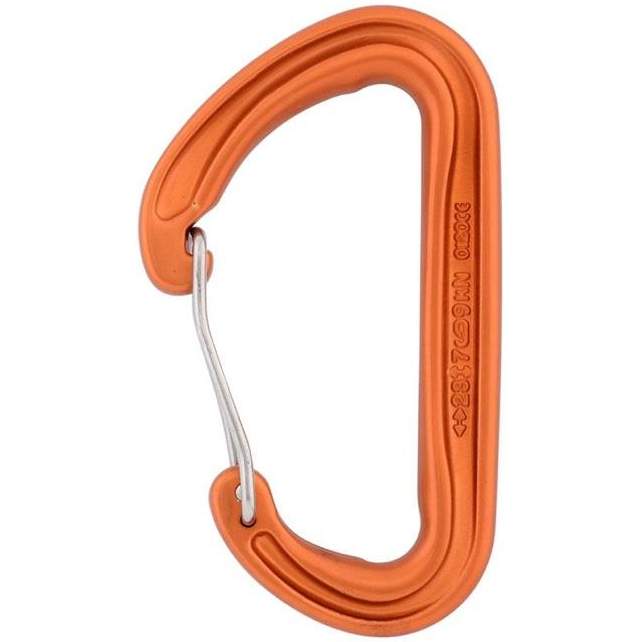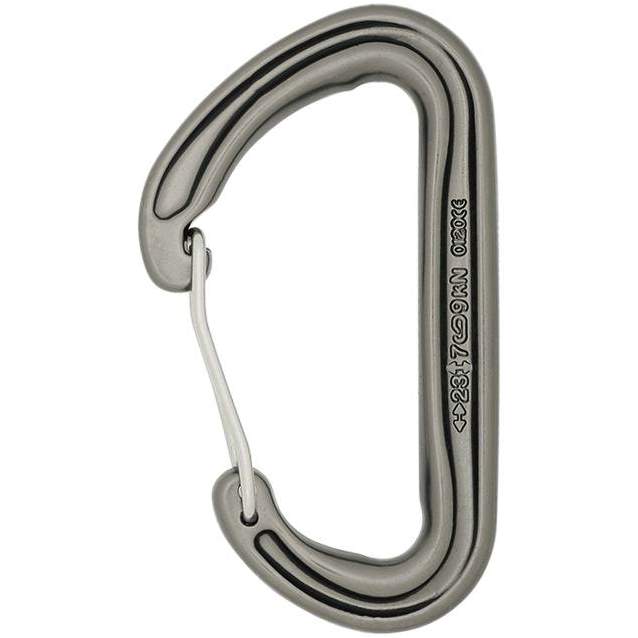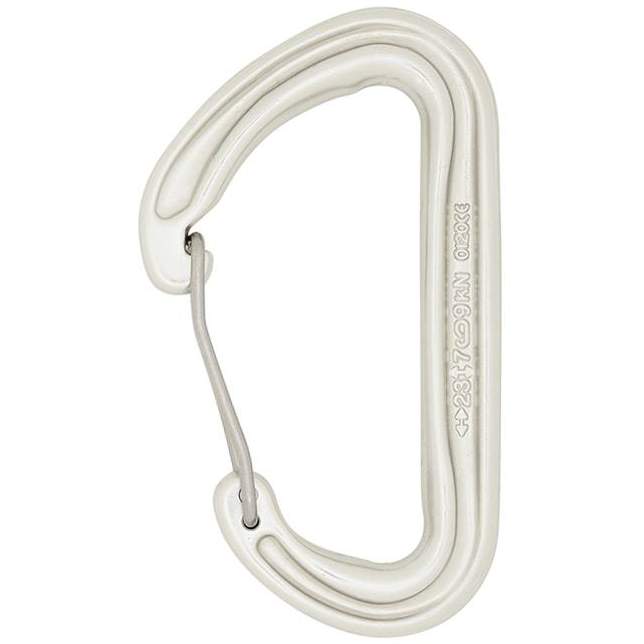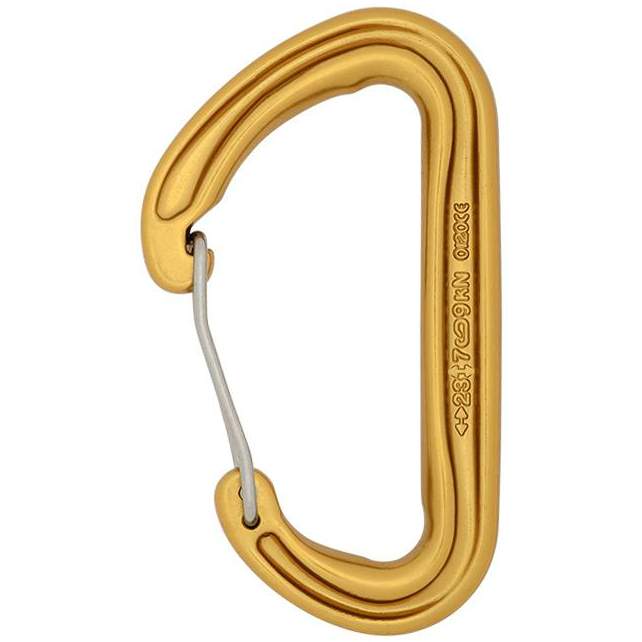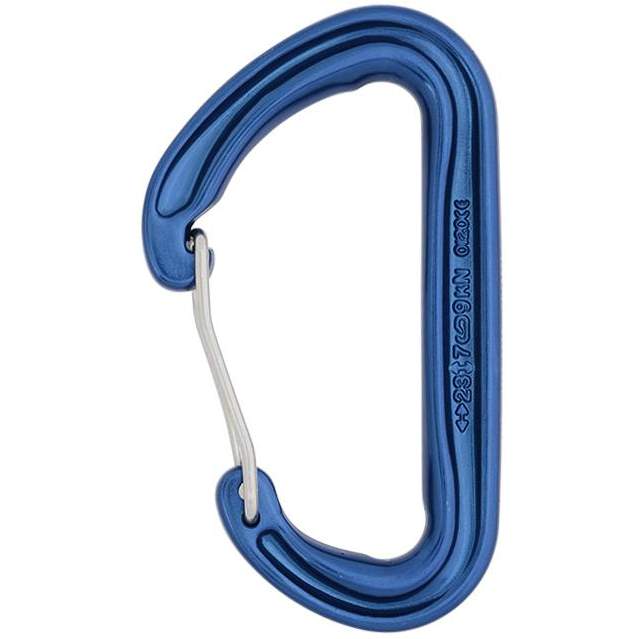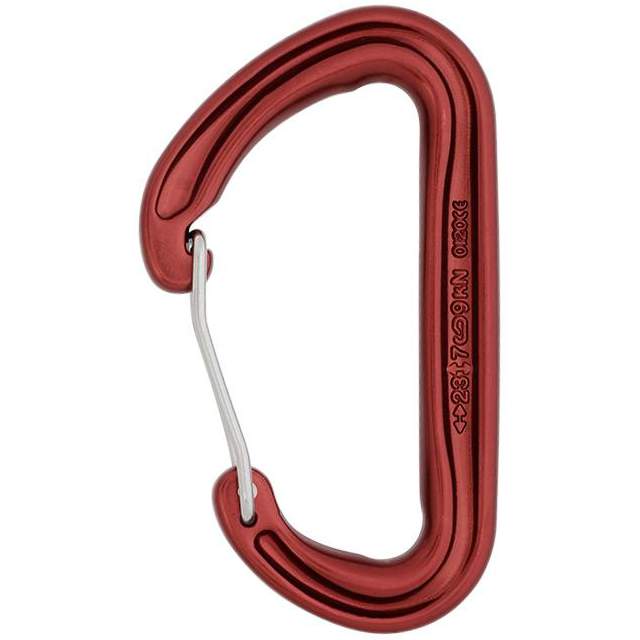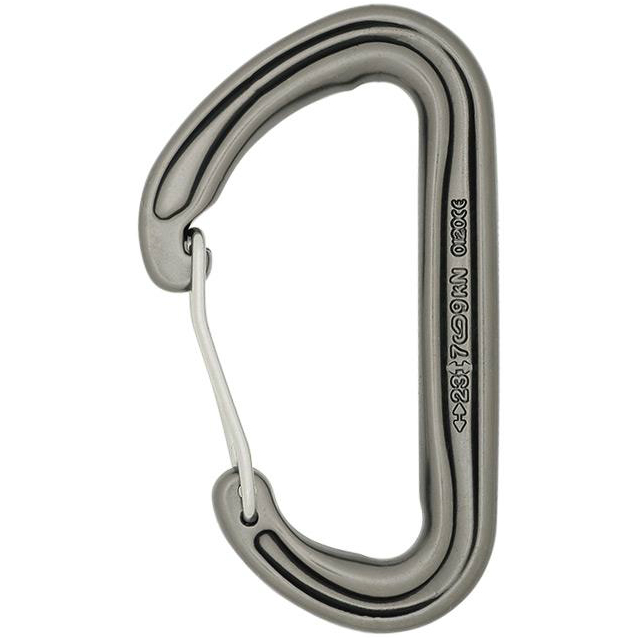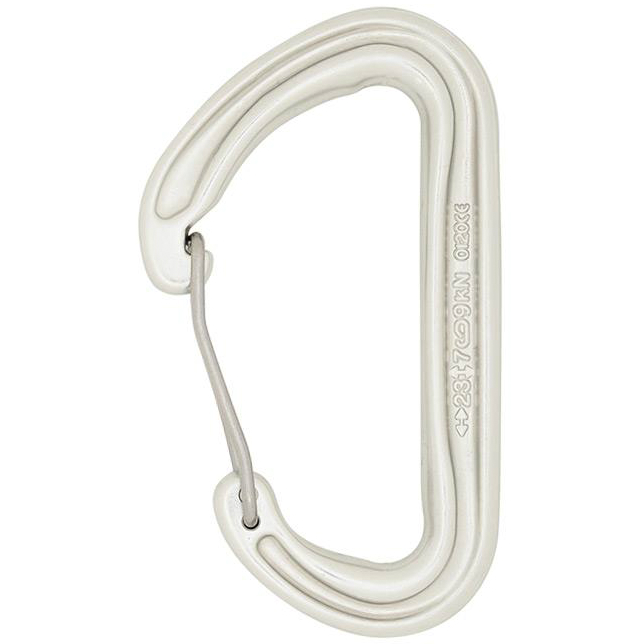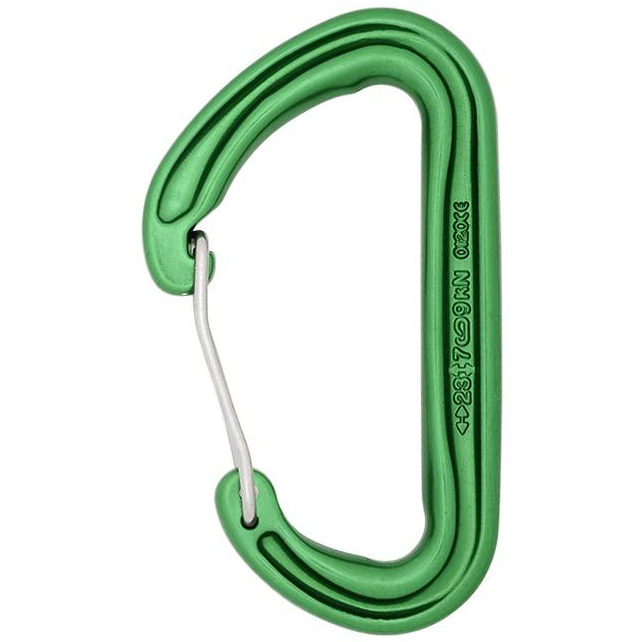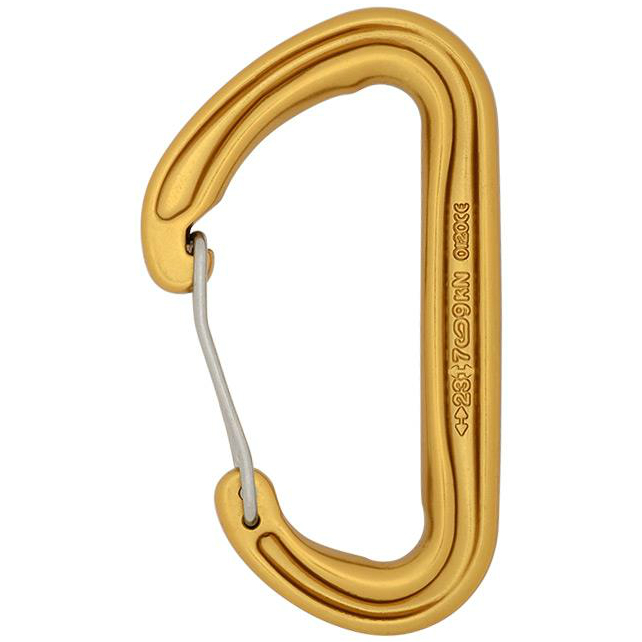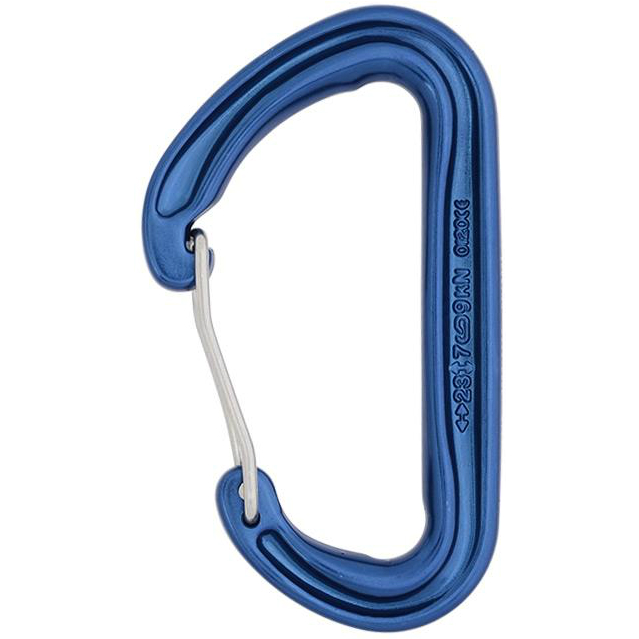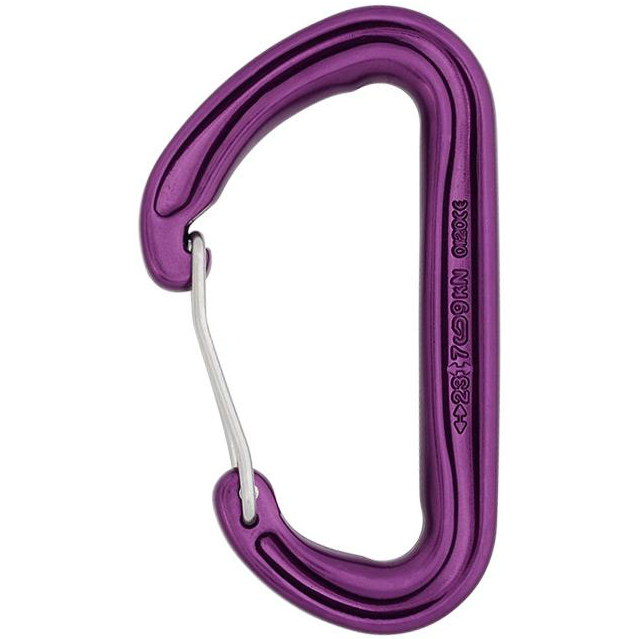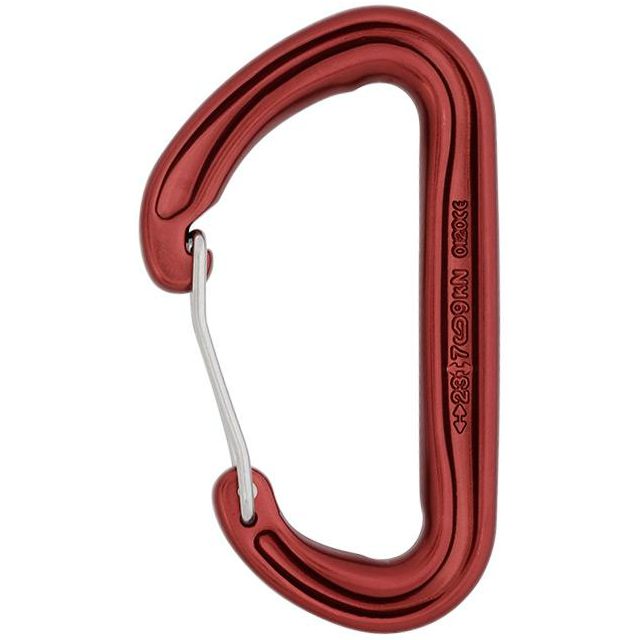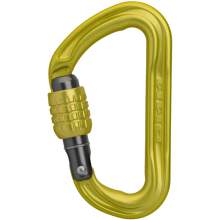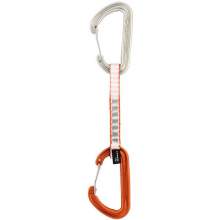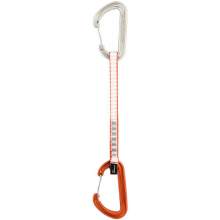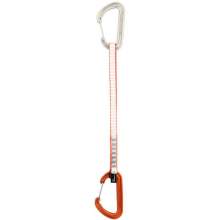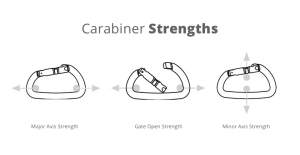The UIAA equipment standard provides a baseline for equipment performance in a test lab under controlled conditions on new equipment. Although these test conditions are relevant to the conditions encountered climbing, conditions encountered at the crags and the condition of the equipment are equally important. This recommendation from the UIAA member federation The British Mountaineering Council (BMC) provides vital equipment information that is NOT explicitly addressed in the standard, particularly failure modes of the equipment and recommendations for the use, inspection, maintenance, and retirement of equipment.
Phantom
Description
The Phantom is a highly focussed lightweight climbing carabiner. I-Beam construction improves the strength to weight ratio, a minimized gate notch reduces snagging, and sound fundamental design encourages correct loading. The Phantom can be used on lightweight quickdraws, to rack gear, or to hold essentials like nut keys.
These carabiners are ideal for building a lightweight rack, whether it’s for fast and light alpine ascents or trad onsight success.
Wire gates are the lightest gate type available and resist freezing shut in cold conditions. They are crucial in reducing the weight of your rack and are ideal for trad, winter, and alpine climbing.
Carabiners with wire gates need a gate notch to achieve their full strength rating. The notches on these carabiners are as small as possible while remaining functional, reducing the chance of them snagging on other equipment.
I-Beam construction techniques allow carabiners to be lighter without compromising strength. This is achieved through hot forging, a process which allows metal to be made into complex shapes that improve functionality.
The Phantom is a highly focussed lightweight climbing carabiner. I-Beam construction improves the strength to weight ratio, a minimized gate notch reduces snagging, and sound fundamental design encourages correct loading. The Phantom can be used on lightweight quickdraws, to rack gear, or to hold essentials like nut keys.
These carabiners are ideal for building a lightweight rack, whether it’s for fast and light alpine ascents or trad onsight success.
Wire gates are the...
read moreRetail price
When you click a link below and then checkout online, no matter what you buy (climbing gear or not), we get a small commission that helps us keep this site up-to-date. Thanks!
Weight (g)  |
28 g |
Shape  |
D / Offset D |
Locking  |
No |
Straight or Bent  |
Straight |
Full Size  |
Yes |
Keylock  |
No |
Solid or Wire  |
Wire |
Gate Opening  |
21 mm |
Number of Colors  |
8 |
Lock Indicator  |
No |
Strengths (kN)  | |
No reviews yet.
The Phantom is touted as the world’s lightest full-strength carabiner, and this beauty is a pleasure to use. Its refined finish says “trust me,” which is always a good thing with climbing gear. It does suffer from sticker shock—it’s the most expensive biner of the ultralight lot.
The Phantom is a great medium-sized microlight even as it falls near the lightest end of the scale—that is, you get a remarkable amount of biner for very little heft. Testers appreciated this I-beam’s long gate opening and slightly asymmetrical shape, which also yields a broad and well-rounded (smooth-handling) rope cradle. The gate has strong action, and unclipping and rack maneuvers were quick and casual. The Phantom is one of those cases where visible simplicity of design—in this case, a mild, no-frills trapezoid—translates to topshelf performance. I would use the Phantom in all clipping situations, from racking gear to sport draws to alpine routes. It also comes in seven different colors and/or a color-coded five-pack ($47.95).
How to use DMM Non Locking Carabiners, Maintenance and Servicing, warnings and lifespan with instructional pictures.
A pictoral representation of UIAA-121 and EN-12275 standards for connectors (the UIAA's fancy word for carabiners).


